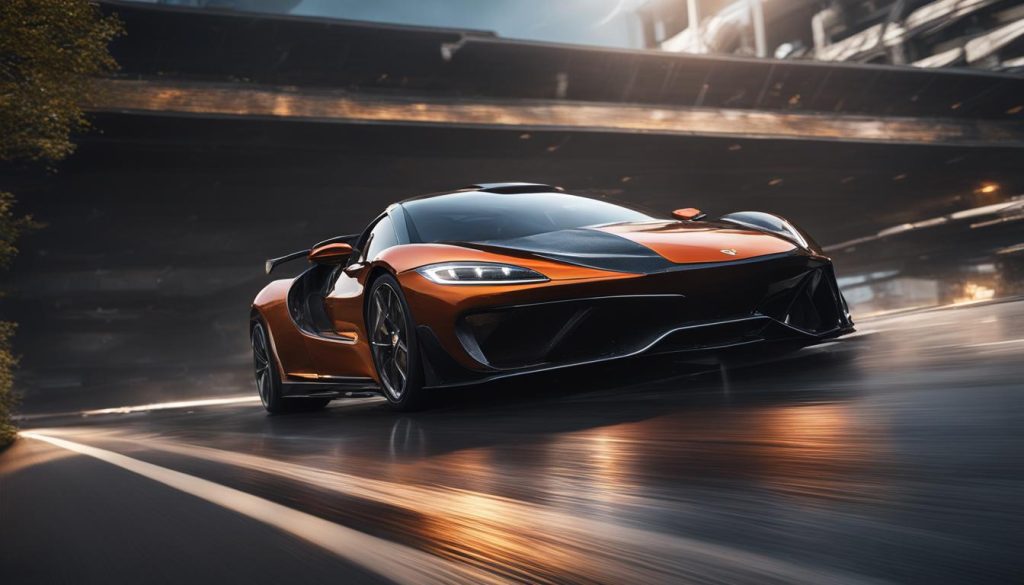
It’s hard to imagine now, with values so high and affection even higher, that the BMW 1 Series M Coupe was not exactly welcomed with open arms back in 2010. Didn’t have a proper M engine, y’see, trundling along instead with a fettled version of the N54 3.0-litre turbo six found in the 135i. And for the hardcore, those that knew the swept capacity of M cars to the cubic centimetre, that wouldn’t do – it had to have an S-designated motor, or it wasn’t an M car. Simple as.
Then everyone got to drive the 1M, loved it, and found that a less-than-exotic engine worked just fine. Better than fine, in fact. The little bruiser would never have suited a cultured, high-revving powertrain; a tonne of torque, even more attitude from the gravelly straight six and a standard manual worked perfectly. So BMW did the same for its indirect (and much more widely available) replacement, the F87 M2 of 2016. Some rough edges were smoothed off a little, but the hoodlum character was retained, thanks once more to a short wheelbase, limited-slip diff and another burly BMW straight six turbo – now the N55 rather than the 1’s N54.
The M2 was very good, no doubt, but with the introduction of M Division’s first turbocharged six just before its debut – the S55 found in the F8x generation M3 and M4 – it wasn’t long before rumours started. The M3 engine in the M2 could bring together the best bits of the smaller coupes, thanks to its generous torque, with the M Division fairy dust sprinkled on top that had previously been denied to them. The S55 was related to the N55, but it got a closed deck block, lighter crank, new conrods, forged pistons and more to ensure it was worthy of the hallowed ‘S’ badge. Back then it was hard not to reminisce about the old S65 V8 screamer, but the S55 was damn good as far as twin-turbo straight sixes go. With potential evidently left untapped in the M2 and the Porsche Cayman infamously dropping to four cylinders, there was also an open goal for BMW to aim at.


The M2 Competition didn’t miss. We all know that – it’s one of BMW’s greatest recent hits. Just two years after the standard car launched, the Comp replaced it. The later model was improved across the board, while not costing very much more and being no more demanding to live with. The ideal update in other words: better, but not in a way that spoiled the core appeal. The engine was the big deal, of course. It didn’t quite get M3-rivalling power (that would have to wait for the crazy-expensive CS), but the S55 did boast another 40hp and 61lb ft over the standard M2, which were substantial gains even in a heavier variant. Harder to get down on paper was the vigour and zeal a proper M engine imbued the 2 Series with, scorching through its upper reaches like a great BMW six, just when the N55 would have been losing interest. All the while retaining its torque-rich, hot rod character.
Chassis changes meant the Comp could really make the most of the engine, too. As for the larger M3 and M4, the Competition upgrades sharpened the car up and tied it down, without abandoning its rascally nature. The enhancements included improved rigidity (thanks in part to that gorgeous brace under the bonnet), recalibration of the DSC and M diff, bigger brakes and revised suspension. The Comp looked a bit meaner, too, with new bumpers and wheels. RRP back in 2018 was £49,805 and, well, look in the classifieds, at any PH meet or track day pitlane – they were very, very popular, and rightly so.
With reviews imminent for the new M2, there seemed no better time to welcome the F87 Comp into the roll call of PH Heroes. It’ll be fascinating to see how the two compare in time, the new car heavier and more complex again yet borrowing so much from the very impressive new M3 and M4. For now, there’s this one, generously loaned to us by Millennium Heroes and currently for sale, with 18,000 miles, the DCT gearbox (the manual really wasn’t popular, despite the gushing reviews) and all the desirable options: M2 Comfort Pack (£1,800 new), M2 Plus Pack (also another £1,800) and the M Sport brakes, which were £1,350.


If it looks good in pics it’s even better in reality, menacing and purposeful without being over the top. The Comp drew admiring glances in 2018, and five years of BMW design doing what it’s done in the meantime has only added to the appeal. From practically any angle, this is the traditional BMW two-door saloon given a pitch-perfect M makeover. Perhaps there’s rather too much standard 2 Series on the inside than is ideal, but being logical, sturdy and sensible is always preferable to gimmickry. The bits you want to be good in an M car are good, and that’s great. If you want showiness, go buy a TT.
If the old-school nature is notable poking around the M2, it’s almost stark on the move. Here’s a car launched five years ago and available until 2021 that’s already starting to feel like a modern classic in the truest sense. That’s how quickly things move at the moment. Remember for the Competition there was no adaptive damping option – that only came with the CS – here you set the steering to Comfort and the powertrain to Sport before even putting your seatbelt on and leave it at that. There’s no brake pedal setting to configure, M mode assists to think about or the need to delve into a Setup menu; BMW incorporates technology better than most, and we’d be the first to defend the latest generation, but – crucially – never do you drive the M2 desperate for more things to fiddle with. It just works, and works really, really well.
Nobody would call it supple, mind. Sometimes it’s nice to revisit an old car and discover that what was once deemed firm is no longer quite so tense – the Competition isn’t the car. It stops a good way short of punishing, but could still be called sternly damped. BMW knew it couldn’t make a car as wayward as those early M3s and M4s, but also wasn’t going to offer any adjustability, so it needed 1,600kg of M car to be strictly controlled in every situation from passive suspension, and the result is some fairly punchy spring and damper rates. That said, you do quickly become accustomed to the ride, and it does rather play to the M2’s unapologetic attitude. Glide around a B-road in an Alpine if you so wish; this is a much ruder, rowdier kind of sports car entertainment. M Division’s mini muscle car, if you will.


Notable in the original M2 Competition press kit are three chunky paragraphs on the differential and the DSC, BMW going to great lengths to explain how both promise to increase the driving fun with more precision from the former, less intervention from the latter and ‘even more delicate control’ of the rear axle. The net result of that investment is a real heart-on-its-sleeve BMW M car that doesn’t require hours of exploration to reveal its true character. Even on an ambling test drive and within a few minutes, that implacable rear-drive feel is never far away, the front axle keener and more accurate than a standard M2 and the tweaks behind conferring a tonne of confidence to get on the throttle sooner. Sometimes there’s little more gratifying than a powerful front-engined, rear-drive car, and the Competition is the ideal example; it feels more compact than an M3 and more fun than something like a 718 Cayman, which for all its finely honed mid-engined composure isn’t the most exciting prospect at road speed. Our time with the Comp ends, just as the last loan ended a few years ago, with us desperate to drive and discover more.
More so than ever, there’s the impression of the good old days made the best they could be. BMW wasn’t trying to reinvent the junior performance car, it was hoping to perfect it. The straight six is everything you might want from an engine of this configuration, with bountiful torque (406lb ft matched the bigger M4), uncanny smoothness and a thirst for revs that belies the forced induction and a 410hp peak that’s meant to arrive as early as 5,250rpm. The purist will still want the manual gearbox in all its knuckly, long throw glory – they’re surely going to be the most desirable examples in time – but the M DCT offers little cause for complaint. There’s an immediacy to a dual-clutch that still eludes the best torque converters (as found in the new M2) so it’ll be an interesting head-to-head at some point.
PH snapper Harry probably surmises the Comp best when he calls it an M car sweet spot. Perhaps we’re not yet far enough from the end of its life cycle to know for sure, but in cherry-picking so many great bits – 1M attitude, M3 engine and suspension, the M2’s thuggish good looks – it does seem hard to disagree. Previous small Ms never boasted such high-quality hardware, and even before driving the latest version, we know it’s heavier, more complicated and, frankly, uglier. Despite a lot of M4 influence and an optional manual, the court of public opinion has already suggested its guilty of crimes against M cars, and it takes some coming back from there. That said, we’ve been here before with a dumpy little M car based on BMW’s smallest coupe, and things didn’t turn out too badly for that in the end…
SPECIFICATION | BMW M2 COMPETITION
Engine: 2,979cc, twin-turbo straight-sixTransmission: 6-speed manual, rear-wheel drive (7-speed DCT optional)Power (hp): 410@5,250-7,000rpmTorque (lb ft): 405@2,350-5,200rpm0-62mph 4.4secTop speed: 155mphWeight: 1,625kgMPG: 30.7CO2: 227g/kmOn sale: 2018-2021Price new: £49,805Price now: from £36k (March 2023)
#BMW #Competition #F87 #Heroes













